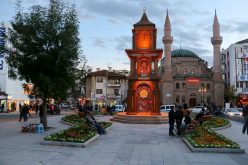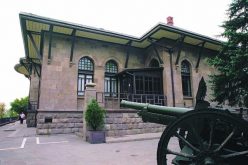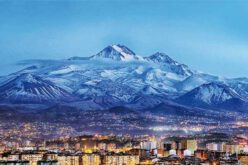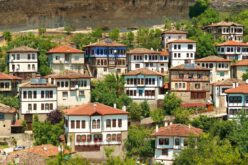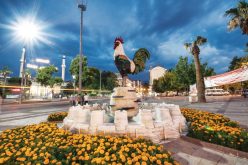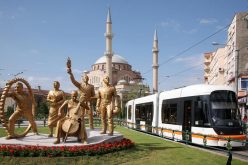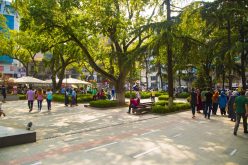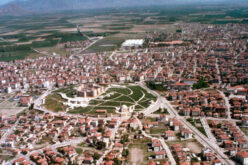Rize
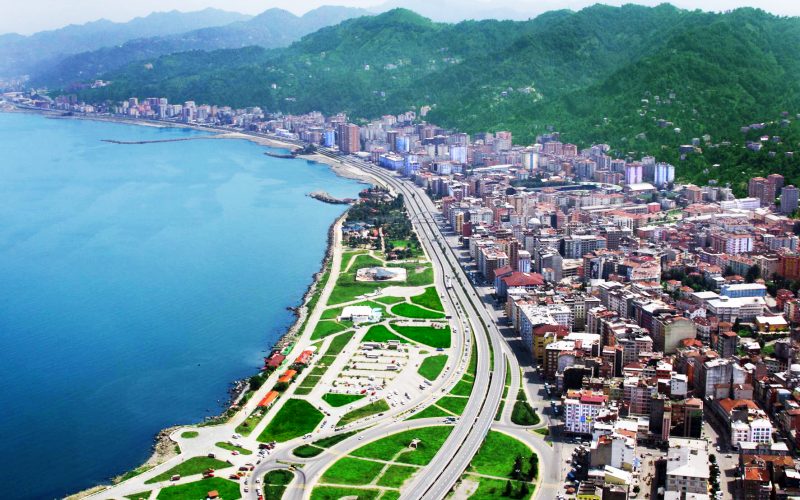
Rize
Rize takes place on the Black Sea Region of Turkey, It also lies on the east part of the Black Sea Region where is known as the place of tea grown up in Turkey. Rize has borders with Artvin on the east side, Trabzon on the west side, Erzurum on the south side. Moreover the city is situated by Black Sea on the north side.
Rize is 159 kilometres far away from Artvin, 75 kilometres away from Trabzon and 377 kilometres away from Erzurum. It’s the centre of the country’s tea-growing humid northeastern coast. The name comes from Greek ριζα (riza) or Ριζαίον (Rizaion), meaning “mountain slopes”. In modern times, its name in Greek was usually Ριζούντα (Rizounta). Its Latin forms are Rhizus and Rhizaeum (which remains the name of a Catholic titular see in the province of Pontus Polemoniacus. In Ottoman period, it was called Rize.
Rize has a borderline oceanic/humid subtropical climate, like most of the eastern Black Sea coast of Turkey; with warm summers and cool winters. Snowfall is quite common between the months of December and March, snowing for a week or two, and it can be heavy once it snows. Rize and the eastern part of the Black Sea coast where it is situated has the highest precipitation in western Asia, with an annual precipitation averaging around 2,500 millimetres (100 in), with heavy rainfall year round and a maximum in late autumn (October to December).
The Black Sea coast receives the greatest amount of precipitation in Turkey and is the only region of Turkey that receives high precipitation throughout the year. The water temperature like in the whole Turkish Black Sea coast is always cool and fluctuates between 8 and 20 °C (46 and 68 °F) throughout the year.
Places To Visit ;
The Rize Castle constructed in the 14th century by Genoese, the Zir Castle, the Kale-i Bala and Ciha Castle are the castles located in the borders of the province.
Mosques
The historical mosques located in the province of Rize could be counted as Gülbahar Mosque, Islam Paşa Mosque and Cafer Paşa Mosque.
Ağaran Waterfall is located on the Şairler creek flowing through Çayeli District and is located at 12 km. distance to Çayeli District and 30 km. distance to Rize central. The waterfall is a real natural wonder.
Ayder Thermal Spring is among the most important thermal springs of the country. The Andon Mineral water which is located 20 km. distance to the province of Rize attracts the interest of the local folk. The waters of the mineral water spring are colorless, scentless and clear. Also the mineral spring waters of Ikizdere – Şimşirli Mineral water and Çayırlı Mineral water are known to cure various diseases.
Botanik Çay Baçhesi (Botanical Tea Garden) and drink Rize’s famous tea and sample local desserts. Rize – Kaçkar Mountain National Park is in the northeast of Turkey, near the Black Sea coast, around 70km east of Rize. The areas around the River Firtina (Thunder) at the west of the mountains, and the River Hemsin on the east are covered with a rich range of flora. Rhododendrons grow at an altitude of 3000 metres, which is very unusual. There is also a wide variety of wildlife, with wolves, bears, pigs, wild goats, deer, jackals and wild hens.
The highest peak is Kackar Dagi at 3937m. Because the altitude increases over a relative short distance, there are plateaus with alpine summer villages, many of which have accommodation available for trekkers, and which offer an interesting insight into the cultural and social nature of the region. The village at Ayder Plateau has good facilities and a thermal spring, and is a popular stop on the trekking route. The best facilities in the park, especially for those trekking for several days, is on Alder Plateau. In Camlihemsin there are specially designated camping areas. Trekking is increasingly popular in this area, and it is possible to hire a guide in Alder and Camlihemsin.
Atatürk Museum: (Mehmet Kantarcı Mansion) Some personal belongings of Atatürk and ethnographic works discovered in the region are exhibited in the Mehmet Mataracı Mansion which is used as the Atatürk Museum.
Write a Comment
Only registered users can comment.




